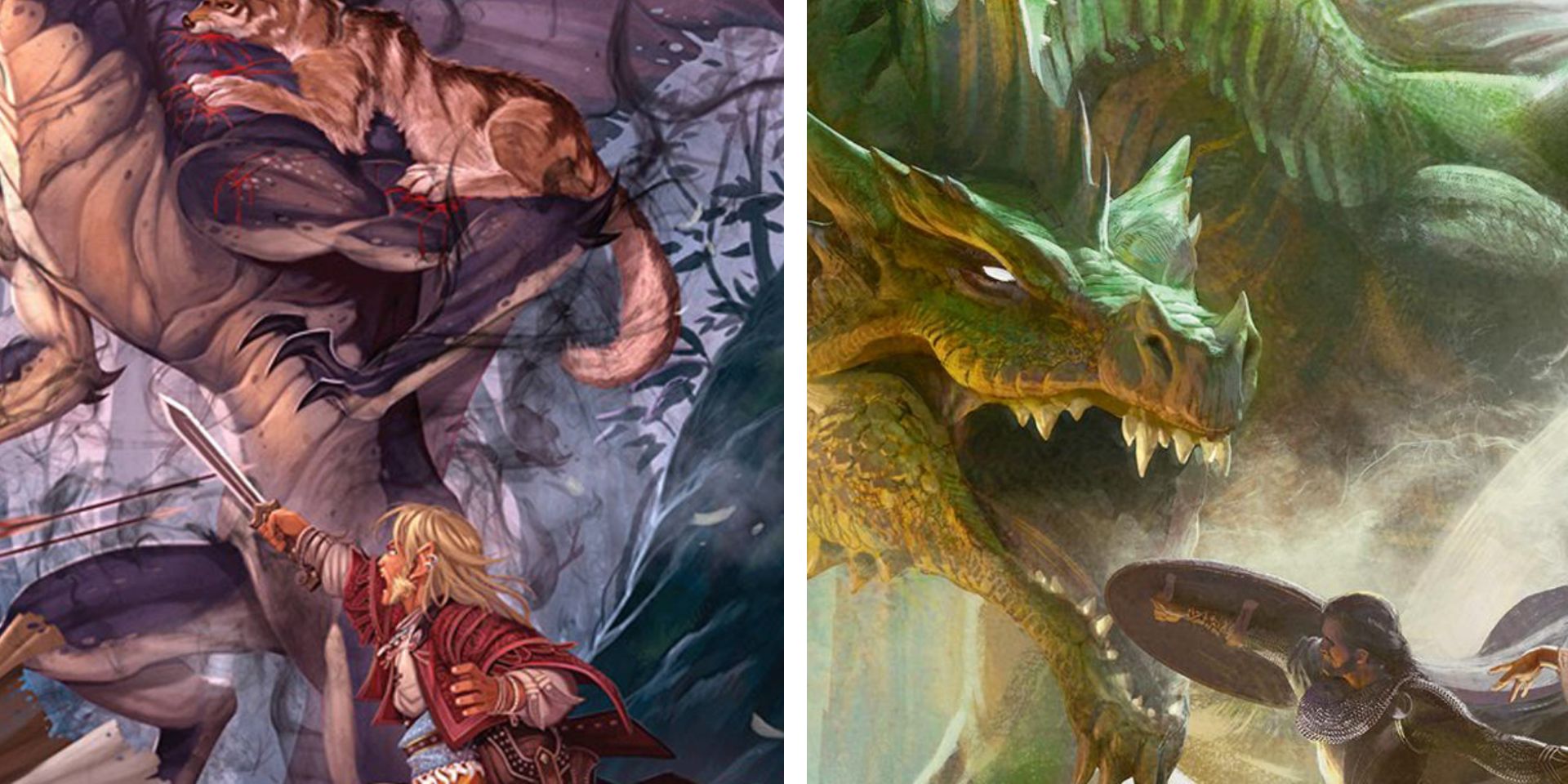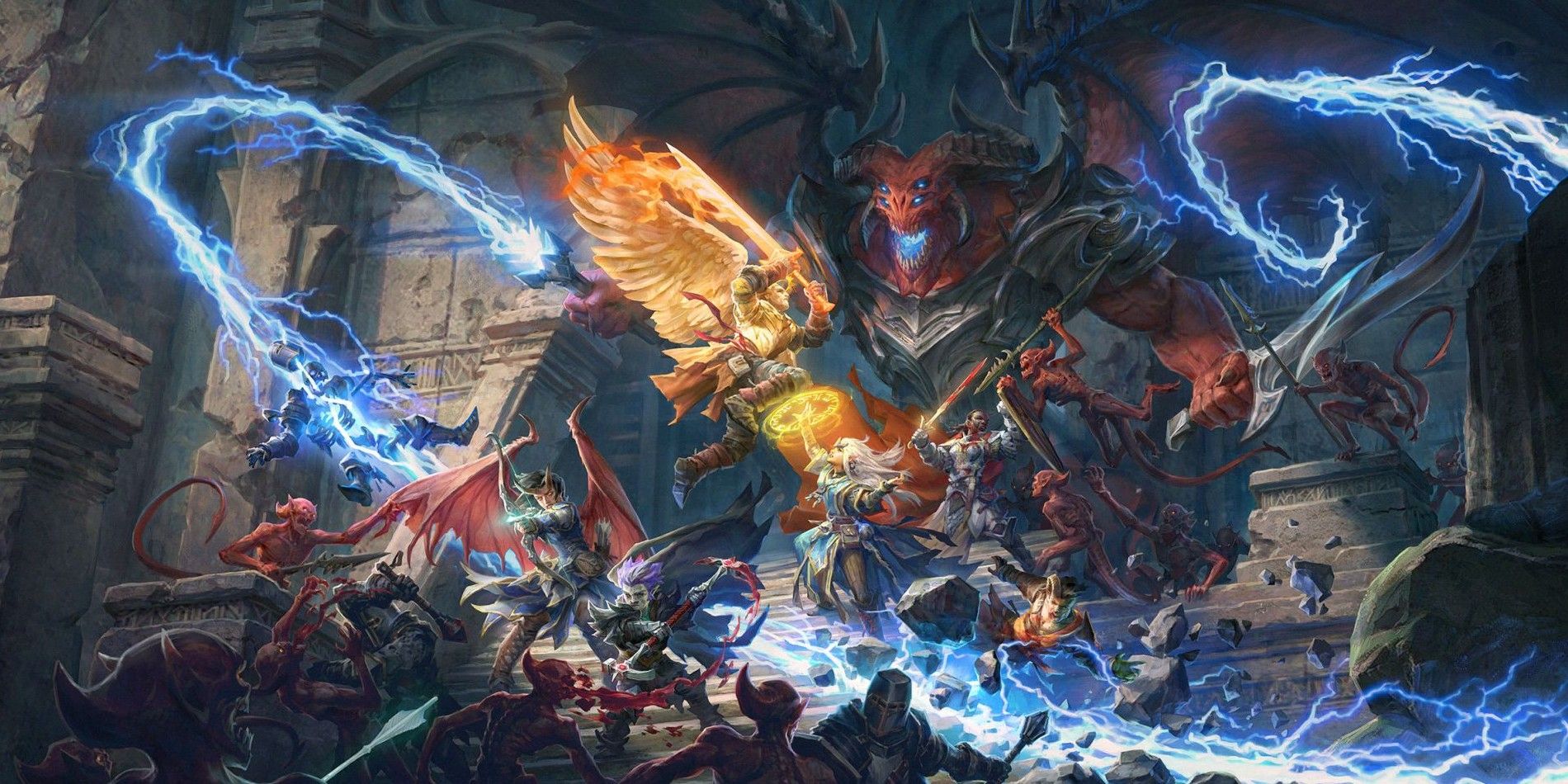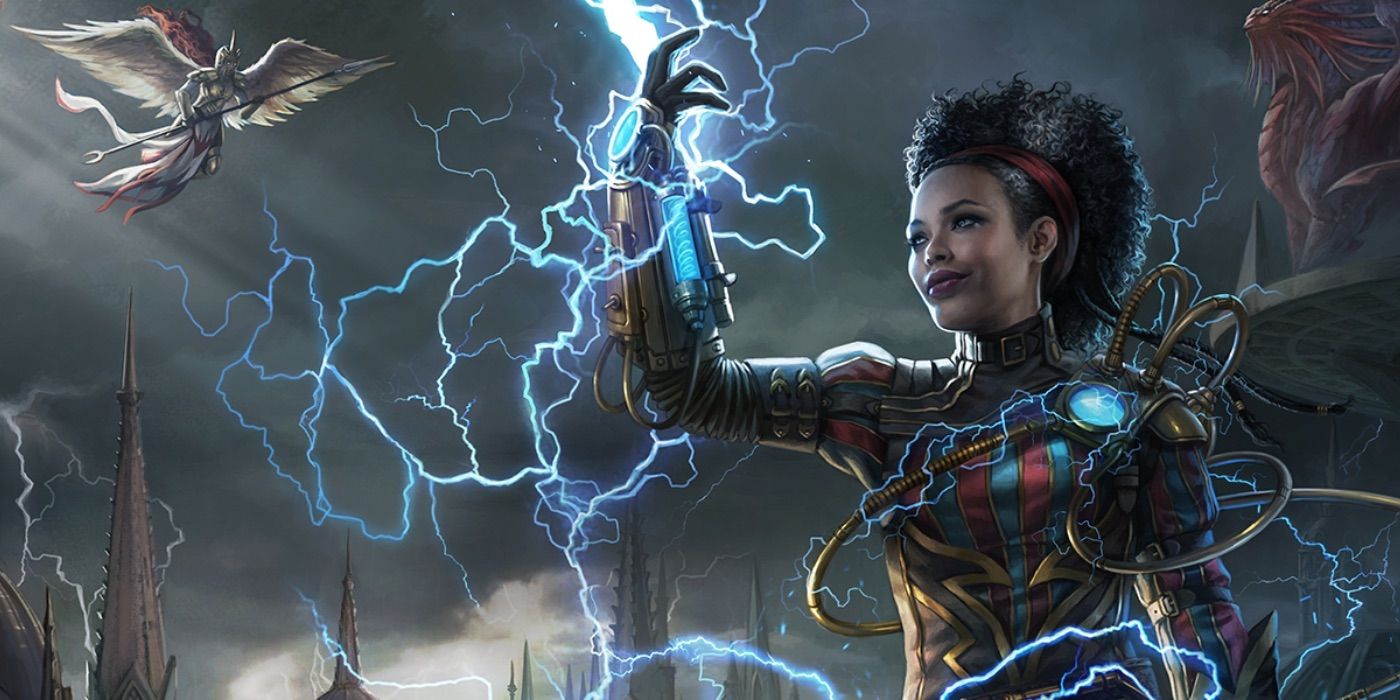The roleplaying game system called Pathfinder, fashioned as the spiritual successor to Dungeons & Dragons 3rd Edition, is now currently competing with D&D 5th edition for the position of "most iconic and successful fantasy RPG." Choosing between Pathfinder and D&D, however, is like choosing between apples and oranges; some tabletop gaming groups might be more interested in the intricate character customization and tactical rules of Pathfinder 2e, while others may prefer the simpler combat system and more streamlined character generation process of D&D 5e.
The 1st edition of Pathfinder was released in 2009 by Paizo Publishing in response to Dungeons & Dragons 4th Edition. To be more precise, Pathfinder 1e was an updated version of the Dungeons & Dragons 3rd Edition ruleset, made for RPG veterans who didn't the dramatic changes D&D 4e made to the established Dungeons & Dragons formula. Pathfinder was whole-heartedly embraced by its target audience, and for a time Pathfinder products outsold Dungeons & Dragons 4th products by a notable margin.
After Dungeons & Dragons 5th Edition was published by Wizards of the Coast in 2014 to general acclaim, developers at Paizo Publishing wound up releasing the 2nd Edition of their signature fantasy RPG in 2019, diverging from the D&D 3e ruleset in order to create a version of Pathfinder with its own novel gameplay paradigm. Currently, Pathfinder 2nd Edition and D&D 5e approach the genre of heroic fantasy roleplaying in similar, but distinct ways - Pathfinder emphasizing intricate, "crunchy" rules that cover nearly every scenario and D&D possessing rules of a relatively straightforward and accessible nature.
What Pathfinder Does Better Than D&D
In an era where narrative roleplaying games with "theater of the mind" rules are in vogue, Pathfinder doesn't shy away from the complex mechanics seen in earlier "simulation" tabletop RPGs, seeking to create detailed, balanced rules for every possible scenario. The "crunchy" design of Pathfinder 2e can be most clearly seen in its character creation rules, which let players continuously customize PCs as they level up with multiple new feat choice tied to their classes and ancestries. To make it easier for players to parse this complexity during combat, Pathfinder 2e has also greatly streamlined the action economy of its combat system. During a scene of conflict in Pathfinder 2e, players can have their PCs take three actions each turn, ranging from movements or attacks to special abilities that take up multiple action slots.
Another interesting perk to Pathfinder 2e is the steady stream of original story modules and campaign scenarios published by Paizo on a regular basis (two of which were adapted into the cRPGs Pathfinder: Kingmaker and Pathfinder: Wrath of the Righteous). Each new module and scenario further fleshes out the signature Pathfinder fantasy realm of Golarion, giving Game Masters a vast world with a truly diverse number of challenges, stories, and adventures to entertain their players with.
What D&D Does Better Than Pathfinder
Compared to Pathfinder 2e, Dungeons & Dragons 5e rules are generally simpler and more straightforward (although the action economy for D&D 5e is a bit more clunky than the "three actions" system Pathfinder 2e has). Character creation is simply a matter of picking a race and class combination, and outside of subclasses and optional feats, players with the same classes unlock the same set of abilities as they level up. Combined with a shift in gameplay philosophy where "blessing" abilities mostly grant players bonus dice instead of bonus numbers, the relative simplicity of D&D 5e's rules makes it a more accessible game to tabletop RPG newcomers.
As mentioned above, the current edition of Pathfinder has a single campaign setting its developers work to make as diverse and multi-layered as possible; even the setting of Starfinder, Paizo's space opera fantasy spin-off, is simply the Pathfinder universe hundreds of years in the future. Designers at Wizards of the Coast have taken a different approach with Dungeons & Dragons 5th Edition, publishing sourcebooks describing campaign settings like Ravenloft, Eberron, or Planescape that were developed over the 40+ years of D&D's history); game groups interesting in telling different stories in thematically unique settings may prefer D&D's diversity of fantasy worlds over Pathfinder's single detailed world.



